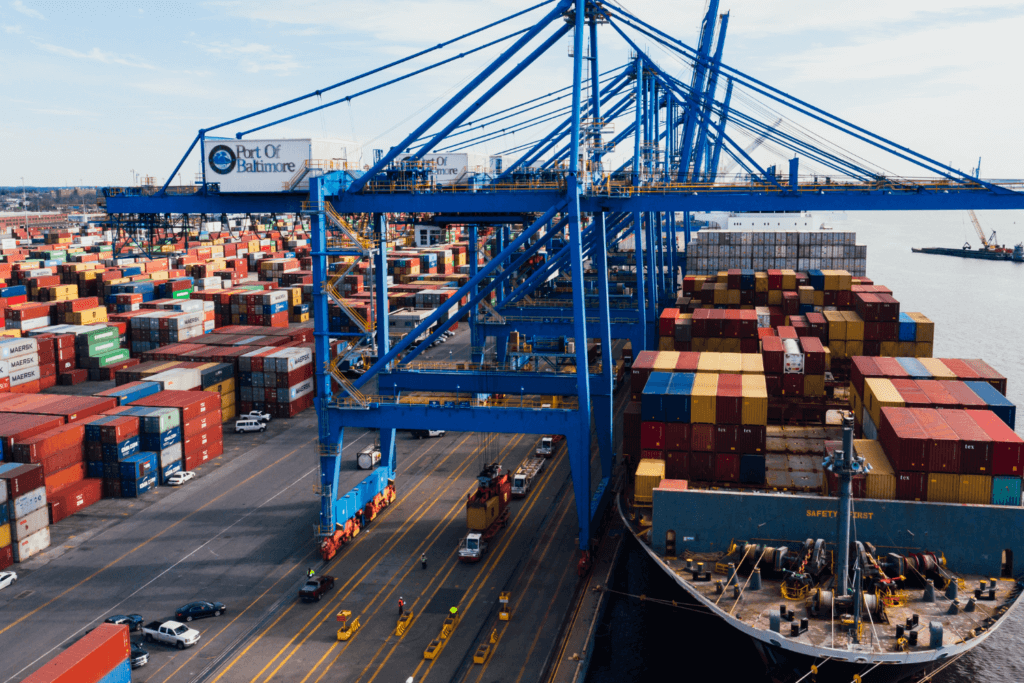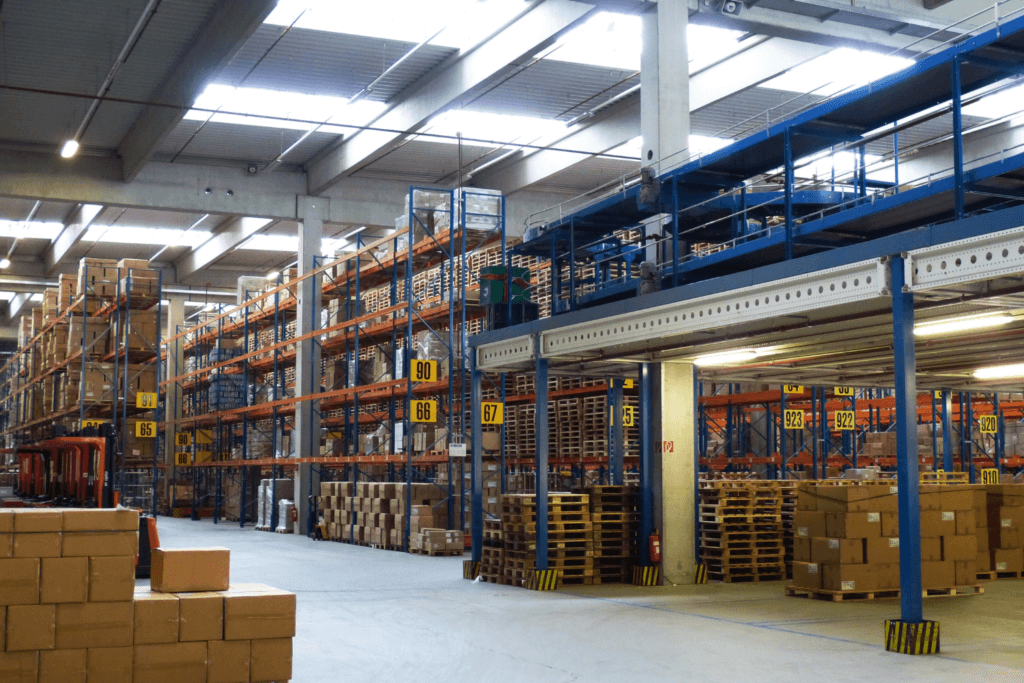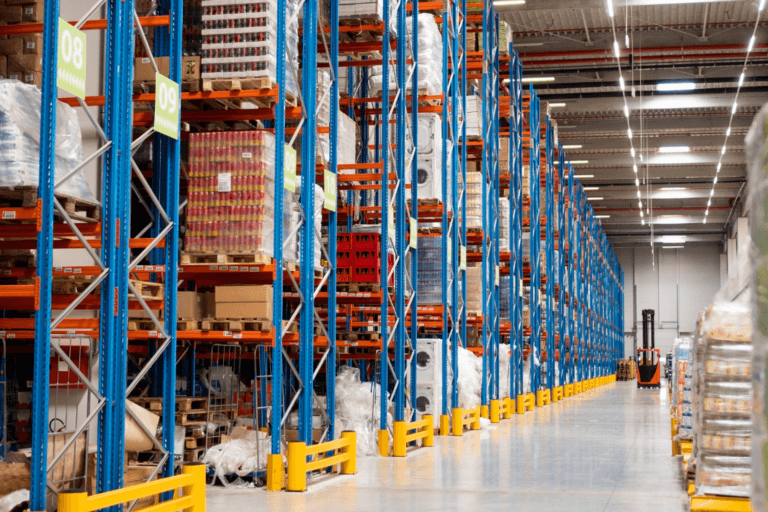Supply chain optimization minimizes inefficiencies by identifying and addressing areas that slow down processes or lead to excess costs.
It also allows you to better handle disruptions, such as supplier delays, demand fluctuations, and unforeseen challenges like natural disasters.
In this article, we will discuss supply chain optimization and how it is done.
What Is Supply Chain Optimization?
Supply chain optimization is the process of enhancing the efficiency and effectiveness of a supply chain to reduce costs, improve speed, and increase overall performance.
It begins with a comprehensive assessment of all processes, technologies, and relationships within the supply chain.
Every component, including procurement, production, inventory, warehousing, and logistics, is analyzed to identify inefficiencies and bottlenecks.
By doing so, you gain insights into where delays or excess costs arise, allowing you to implement targeted improvements.
How to Optimize a Supply Chain
Supply chain optimization is an ongoing process of refinement and adaptation.
Each of these steps, when implemented thoroughly, leads to a more efficient, reliable, and resilient supply chain capable of meeting market demands.

1. Identify All the Stages in Your Supply Chain From Raw Materials to Final Delivery
Thoroughly map out all stages involved so that you can identify potential vulnerabilities and ensure each part aligns with your business goals.
This includes sourcing raw materials, manufacturing, warehousing, and logistics, right up to the final delivery to customers.
2. Collect and Analyze Data to Understand Where Inefficiencies and Bottlenecks Exist
Data analysis uncovers inefficiencies, which can lead to delays and higher costs.
Start by collecting data from each stage, including order processing times, production lead times, inventory levels, and delivery times.
Analyzing this information allows you to identify bottlenecks and understand how various factors impact overall performance.
3. Work Closely with Suppliers to Ensure They Understand Your Needs and Expectations
Communicate clearly with suppliers about your standards, requirements, and timelines.
Frequent communication helps them anticipate your needs and align their processes accordingly, which reduces disruptions.

4. Regularly Evaluate Supplier Performance and Address Issues Promptly
Implement a system to score and track supplier performance to improve accountability and encourage continuous improvement.
By assessing key metrics like delivery timeliness, quality, and responsiveness, you can quickly identify underperforming suppliers.
5. Use Automation to Streamline Repetitive Tasks and Reduce Manual Errors
Automating tasks such as order processing, inventory management, and invoicing saves time and reduces errors.
Automated systems also provide accurate data in real time, allowing for quicker decision-making.
6. Implement Systems That Provide Real-Time Tracking and Management of Inventory
Real-time inventory tracking allows you to know your stock levels at any given moment, which is essential for meeting demand without overstocking.
You can make quick adjustments to inventory levels, reduce carrying costs, and respond promptly to changes in demand or supply issues.
7. Adopt Just-in-Time Inventory Practices to Reduce Holding Costs and Improve Cash Flow
Just-in-time inventory practices involve ordering and receiving goods as needed rather than holding large amounts of stock.
By only stocking items when there is a known demand, you lower your financial burden and decrease waste.
However, this strategy requires a reliable supply chain with fast supplier response times to avoid stockouts.
8. Maintain Adequate Safety Stock to Handle Unexpected Demand Spikes Without Overstocking
Having safety stock is essential to manage unexpected demand surges or supply chain disruptions.
Safety stock acts as a buffer to ensure you can meet customer demands even when supply issues occur.
The right level of safety stock should be determined based on factors like lead time variability, demand fluctuations, and critical product availability.

9. Use Route Optimization Software to Improve Delivery Times and Reduce Transportation Costs
Route optimization software is invaluable for reducing delivery times and fuel costs by determining the most efficient routes for shipments.
These tools analyze factors like traffic patterns, delivery windows, and vehicle capacities to create optimized delivery schedules.
They increase delivery reliability, reduce fuel expenses, and reduce wear on transportation assets, which contributes to overall cost savings.
10. Implement Effective Communication Channels Across the Supply Chain
Establishing robust communication channels, such as cloud-based platforms, enables real-time information sharing across different teams and partners.
This streamlined flow of information is especially important during disruptions when quick, coordinated responses are needed to keep the supply chain moving.
11. Establish and Track Key Performance Indicators (KPIs) to Measure Efficiency and Effectiveness
Setting KPIs provides a benchmark for measuring supply chain performance. This helps you assess the effectiveness of your processes and identify areas for improvement.
Common KPIs include order accuracy, on-time delivery, inventory turnover, and lead time.
12. Regularly Review Processes and Implement Improvements Based on Performance Data
Regularly reviewing each part of the supply chain using performance data can reveal new opportunities to streamline processes.
Implementing process improvements based on these insights helps maintain efficiency over time, as new technologies and practices evolve.
13. Recognize Potential Risks in the Supply Chain and Develop Mitigation Strategies
Supply chains are vulnerable to a range of risks, including natural disasters, political instability, supplier bankruptcies, and cyberattacks.
Identifying these risks enables you to put mitigation strategies in place and minimize disruptions.

Conclusion
The supply chain is a critical network that encompasses everything from sourcing raw materials to delivering finished goods to customers.
It includes multiple stages, all working in coordination to produce and distribute products efficiently.
The seamless operation of this network is essential for you, as it directly impacts costs, customer satisfaction, and overall competitiveness.
If you need assistance, learn about our services here.
Chesapeake Pallets has been helping companies across the United States level up their logistics, one pallet at a time.
For inquiries, email info@chesapeakepallets.com or request a quote below!
















